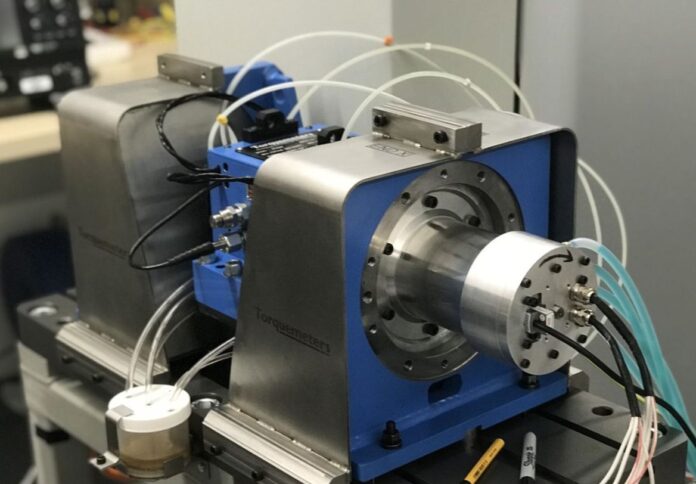
UNSW Sydney has introduced a new high-speed engine prototype intended to increase the range of electric vehicles (EVs).
Led by Associate Professor Rukmi Dutta and Guoyu Chu from the UNSW School of Electrical Engineering and Telecommunications, the project’s prototype is equipped with a proprietary rotor topology, which significantly improves robustness, while also reducing the amount of rare-earth materials per unit of power production.
According to a press release issued by UNSW Sydney, the motor is an improvement on existing IPMSMs, which are predominantly used in the traction drive of EVs.
Its maximum power and speed have successfully exceeded and doubled the existing high-speed record of laminated IPMSMs. This makes the prototype the world’s fastest IPMSM ever built with commercialised lamination materials.
The interior permanent magnet synchronous motor (IPMSM) was inspired by the shape of the longest railroad bridge in South Korea, the Gyopo rail bridge, as well as a compound-curve-based mechanical stress distribution technique.
The engine is capable of producing a very high power density, which could help EVs reduce overall weight and increase range for any given charge.
“Every EV manufacturer is trying to develop high-speed motors and the reason is that the nature of the law of physics then allows you to shrink the size of that machine. And with a smaller machine, it weighs less and consumes less energy and therefore that gives the vehicle a longer range,” said Chu.
“With this research project we have tried to achieve the absolute maximum speed, and we have recorded over 100,000 revolutions per minute and the peak power density is around 7 kW per kilogram.”
The motor can be used in high-precision CNC machines that are highly demanded by the aviation and robot industries and enable milling or drilling with minimal diameters.
UNSW researchers leveraged the university’s very own artificial intelligence-assisted optimisation program to evaluate potential designs of the engine— looking into a range of different physical aspects, such as electrical, magnetic, mechanical, and thermal.




















